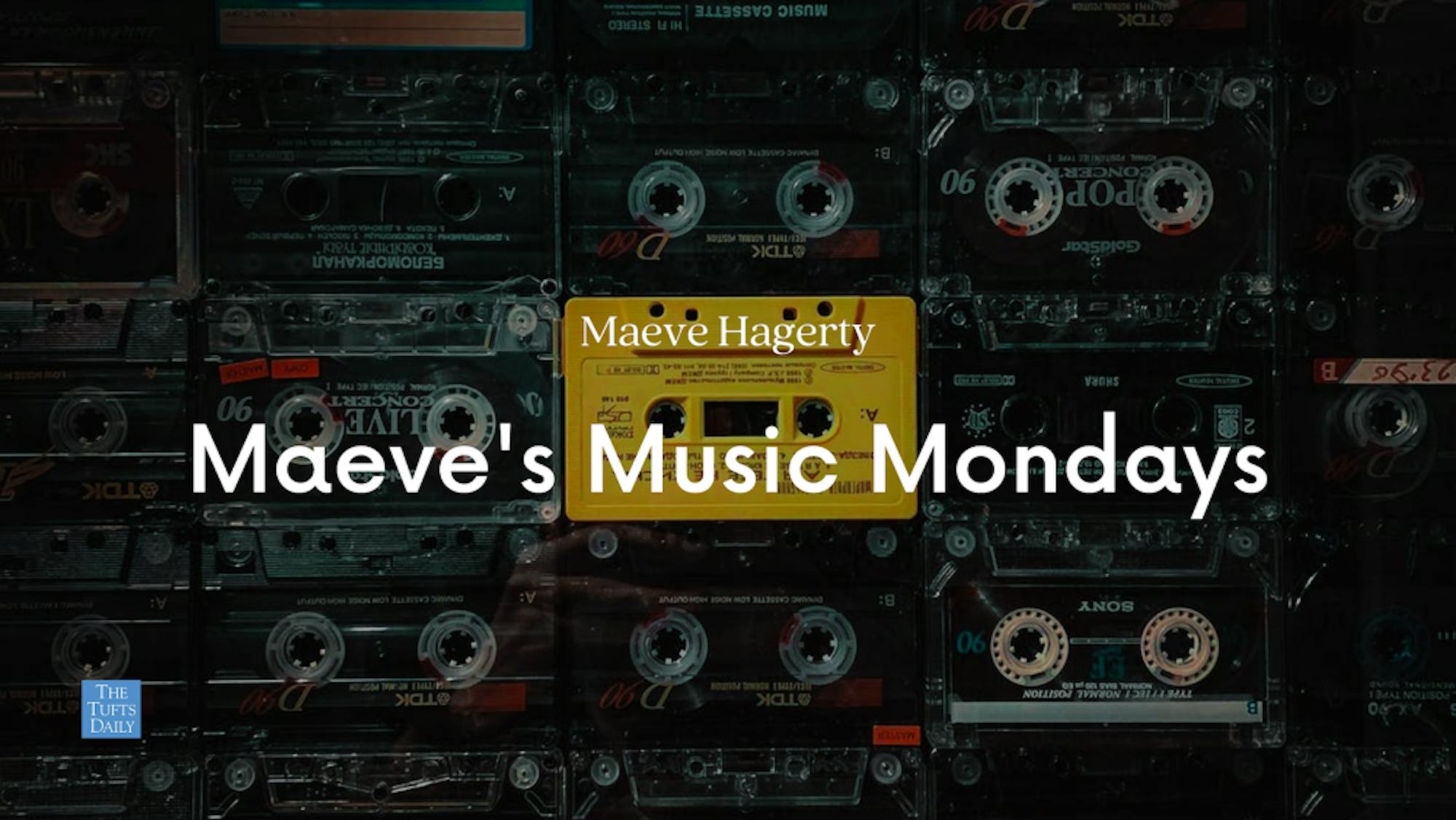If you couldn’t tell from my name, I have Irish ancestors. Lots of them. I’ve grown up around Irish music and constantly find myself returning to it for comfort and reassurance. From punk rock to traditional, the scope of Irish music is impressive and unique. Let’s dive right into some of my favorite artists and songs across the decades.
The most famous of Irish music is probably fiddle music. Often characterized by folksy, upbeat tunes passed down through the generations, Irish fiddling is full of improvisation and intended for live performance. My favorite fiddle group is Celtic Fiddle Festival because of its memorable use of the guitar and the rawness of its sound.“Leaving Brittany” from the 2005 album “Play On” is for me a noteworthy song for its lilting violin harmonies and the rhythmic use of guitar. At once melancholy and playful, it seems to embody much of the essence of Irish fiddle music. One of the group's most popular songs, “Music For A Found Harmonium/La Partida/Roumanian Tune/Calgary Polka/Leaving Brittany” (1993), seamlessly links several traditional Irish themes to the amazement of a live audience; just when the music seems to settle into a pattern, the melody changes again. “Suite De Loudeac” (1993) features a breathy guitar accompaniment to two twisting violin harmonies that showcase the skill of the fiddlers. By contrast, “Misty Mountains of Home” (1993) and “Canyon Moonrise” (1993) offer a more nostalgic energy, and I often find myself listening to them before I sleep at night.
Within the more folksy Irish music category, you will find the band Clannad. With songs like “Dúlamán” (1976) sung in traditional Irish Gaelic that also make use of the Irish flute, the group focuses mainly on old Irish love songs. “Siúil, a Rún” (1976) is one such love song, with verses in English and choruses in Gaelic. On the other hand, The Dubliners is an Irish band famous for its more quick-moving jigs. “The Rocky Road to Dublin” (1964) is one of their most famous of these and reminds me distinctly of what I imagine plays frequently in Irish pubs on Friday nights.
Still, more popular Irish music has come in the form of rock ‘n’ roll. Instead of the world-famous U2, I’m going to focus on my two personal favorite Irish rock bands. The first of these is The Cranberries. Known for “Zombie” (1993), their song of protest about the Troubles, a period of violence which shook Ireland during the late 20th century, The Cranberries are truly a powerful band. Led by the wailing and emotional voice of Dolores O’Riordan, the band released many other amazing songs like “Linger” (1993) and “Ode To My Family” (1993). The second of my favorite bands is the Anglo-Irish band The Pogues, which incorporates traditional folk music with punk, and oftentimes a humorous twist. Its songs “Sally MacLennane” (1985),“Dirty Old Town” (1985) and “A Pair of Brown Eyes” (1985) are particularly catchy and representative of the Celtic-punk fusion. Additionally, the band's rendition of the famous “The Parting Glass” (1985) was one of my most listened-to songs on Spotify for almost two years.
So, until next week, happy listening!






